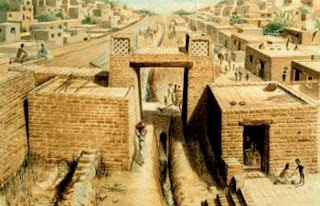The terrifying see-through path stuck to a Chinese cliff-face 4,000ft above a rocky ravine
Don't look down! By STEPHANIE DARRALL, November 2011 I t is certainly not a path for the faint-hearted. On one side a sheer rock face, on the other a 4,000ft drop - and all to separate the brave traveller from a deadly plunge is a 3ft-wide, 2.5in thick walkway. And if that is not enough to bring terror into the pit of your stomach, the path running alongside a Chinese mountainside is made out of glass, allowing a crystal-clear view of where one false step can take you. So it was perhaps understandable that this woman tackled the walkway by sticking as close to the cliff as possible, feeling her way along with tentative steps. Don't look down: A brave tourist walks along the glass path that was built of the side of a cliff 4,700ft above sea level on Tianmen Mountain in Zhangjiajie, China Dazzling: A glass path suspended on a cliff face has been built on the side of the Tianmen Mountain in China The skywalk is situated 4,700ft abov...



